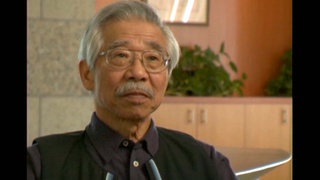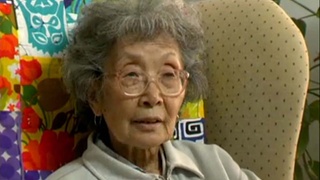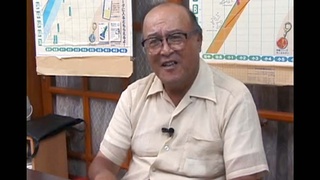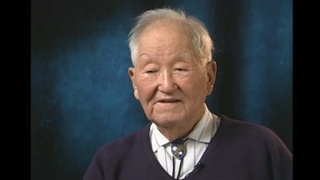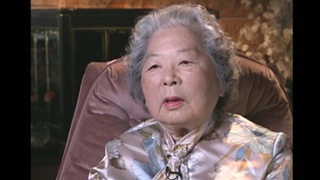Entrevistas
ser un outsider
Cuando regresaste como a San Bernardino. Ya sabes, allí—no hay una comunidad allí. Hay quizás otras dos familias que yo sepa. Los Abes y los…. No recuerdo el nombre de la otra familia, pero eso era todo, ¿sabes? Había algunos trabajadores inmigrantes que estaban allí antes de la guerra, pero después de la guerra, solo estábamos nosotros, ya sabes, las tres familias.
Y crecí en un barrio, que es un área de habla hispana, por lo que mis padres hablaban español, japonés e inglés. Y puedo contar y ordenar... ya sabes, puedo nombrar los alimentos y cosas así gracias a esa experiencia.
Pero creciste dándote cuenta de que tú, o yo, de alguna manera, así es como salí de esto, siempre he sido un observador de estar afuera y mirar a las personas, no sentir que soy Soy parte de ello. Eso es con el arte, eso es con la sociedad en general.
Fecha: 8 de septiembre de 2011
Zona: California, EE.UU.
Entrevista: John Esaki, Kris Kuramitsu
País: Watase Media Arts Center, Museo Nacional Japonés Americano
Explore More Videos
Condiciones en el Centro de Agrupamiento Pinedale (Inglés)
(n. 1909) Nisei del estado de Washington. Quién fue encarcelado en Tule Lake y Minidoka durante la Segunda Guerra Mundial. Se restablecio en la ciudadad de Chicago despúes de la Segunda Guerra Mundial
Hacer artesanías con caracoles encontrados en Tule Lake (Inglés)
(n. 1909) Nisei del estado de Washington. Quién fue encarcelado en Tule Lake y Minidoka durante la Segunda Guerra Mundial. Se restablecio en la ciudadad de Chicago despúes de la Segunda Guerra Mundial

